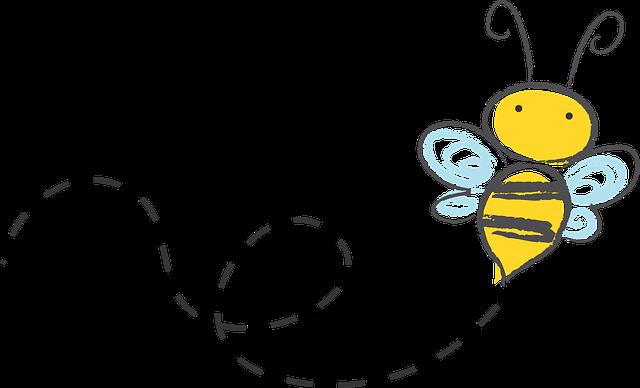
Are you ready to unlock the secrets to mastering charcoal sketching?
In this article, we will delve into the world of charcoal sketching, from the fundamentals of holding charcoal to using it for life drawing.
As a professional charcoal sketch artist and instructor, I will share with you eight invaluable techniques and tips that will elevate your charcoal sketches to new heights.
Get ready to dive into the mesmerizing world of charcoal and unleash your artistic potential.
The Art of Holding Charcoal: Techniques and Grip
The mastery of charcoal sketching relies heavily on the artist's ability to develop precise techniques and a firm grip when holding the charcoal. To achieve this, it is important to hold the charcoal with a relaxed yet controlled grip, allowing for fluid movements and precise marks on the drawing surface.
When holding the charcoal, the artist should position it at a slight angle, using the thumb and index finger for stability. By experimenting with different grip positions, artists can explore various techniques for smudging and blending, allowing for the creation of soft, subtle transitions and rich, textured effects.
Advanced charcoal shading techniques involve using different pressures and angles to vary the intensity and direction of the marks. By mastering the art of holding charcoal, artists can confidently execute their artistic vision and create captivating charcoal sketches.
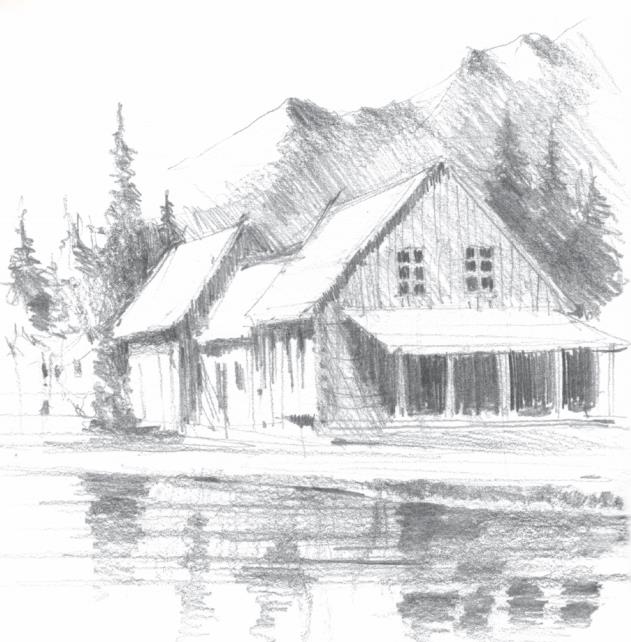
Understanding Different Charcoal Types and Their Effects
To truly master the art of charcoal sketching, artists must understand the unique characteristics and effects of various charcoal types, allowing them to harness the full potential of this versatile medium. The choice of charcoal can greatly influence the outcome of a sketch, so it is important to experiment with different types to find the one that suits your style and desired effect.
Here are two sub-lists to help you understand the different charcoal types and their effects:
- Charcoal Sketching Tools:
- Vine charcoal: This type of charcoal is soft and produces light and delicate lines. It is perfect for creating initial sketches and adding subtle shading.
- Compressed charcoal: This type of charcoal is denser and darker, making it ideal for creating bold and expressive lines, as well as deep shadows.
- Charcoal Sketching Techniques:
- Hatching: This technique involves creating parallel lines to build up value and texture.
- Blending: By using your fingers or a blending stump, you can create smooth transitions between tones.
Choosing the Right Paper for Charcoal Sketching
For charcoal sketching, artists must consider both the weight and texture of the paper, as well as its ability to hold and blend charcoal effectively. Choosing the right paper is crucial in achieving desired results in charcoal sketching.
The weight of the paper refers to its thickness and durability. Heavier paper, such as 100lb or more, is ideal for charcoal sketches as it can withstand the pressure and blending techniques used with charcoal.
The texture of the paper plays a significant role in creating different effects in charcoal sketches. Experimenting with different paper textures, such as rough, medium, or smooth, allows artists to explore various mark-making possibilities. Rough paper creates a more textured and grainy effect, while smooth paper produces finer details.
Mastering Basic Charcoal Techniques: Blending and Shading
Developing proficiency in charcoal sketching involves mastering the art of blending and shading, essential techniques that bring depth and dimension to drawings. To achieve stunning results, follow these precise instructions:
Blending Techniques:
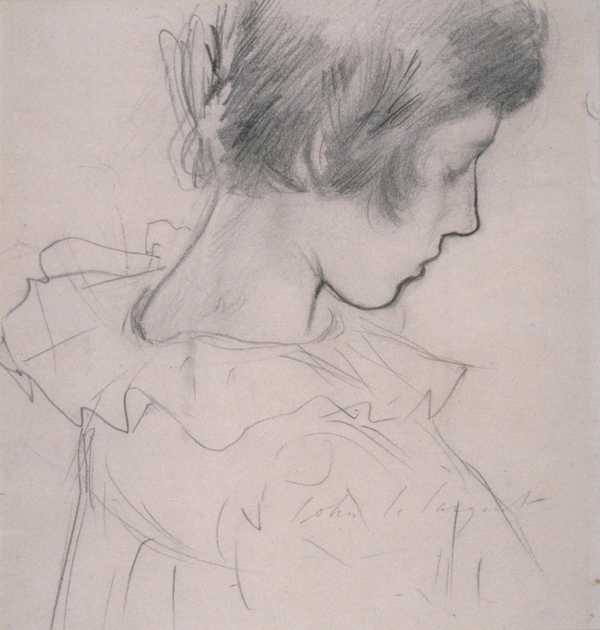
- Use your fingers or blending stumps to gently smudge and soften the lines and tones of your charcoal drawing. This creates a seamless transition between different elements and adds a sense of realism.
- Experiment with different pressures and strokes to achieve various blending effects. Light pressure and circular motions create a smooth and even blend, while heavier pressure and vertical strokes can create texture and depth.
Shading Techniques:
- Start by observing the light source and identifying areas of light, shadow, and midtones. Use a combination of light and dark charcoal to create contrast and depth.
- Employ hatching and cross-hatching techniques to add texture and volume to your drawings. Vary the direction and density of your strokes to create different effects, such as soft shadows or intense shading.
Creating Depth and Texture in Charcoal Sketches
With the careful application of charcoal and the skillful manipulation of light and shadow, artists can achieve a remarkable sense of depth and texture in their charcoal sketches.
To create texture, artists can experiment with different types of charcoal, such as vine charcoal, compressed charcoal, and charcoal pencils. Vine charcoal is soft and easily blends, making it ideal for creating soft, delicate textures.
Compressed charcoal, on the other hand, is denser and allows for bolder, more defined lines and textures. Charcoal pencils offer a combination of both softness and precision, making them versatile for creating various textures.
When using charcoal for still life sketches, artists can enhance the sense of depth by carefully observing the objects' form and carefully rendering the play of light and shadow.
By varying the pressure and direction of the charcoal strokes, artists can create a range of textures, from smooth and polished surfaces to rough and textured areas.
Experimenting with different techniques and charcoal types will allow artists to explore the endless possibilities of depth and texture in their charcoal sketches.
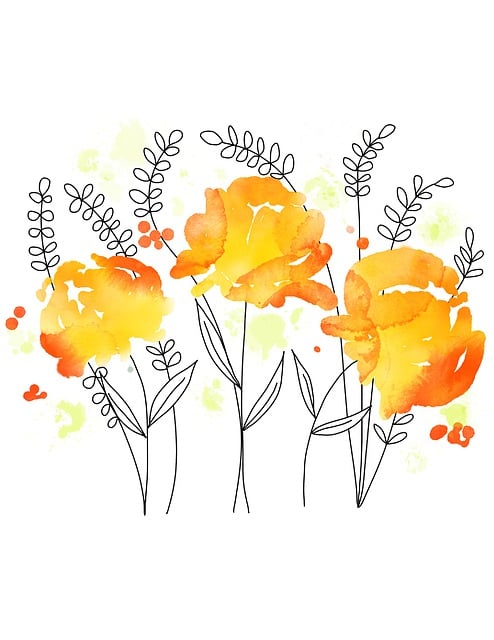
Exploring the Power of Contrast and Highlights in Charcoal
Contrast and highlights are essential elements in charcoal sketches, as they add depth and dimension to the artwork. To create visually striking pieces, it is important to explore the concept of negative space and experiment with smudging techniques.
Here's how to make the most of contrast and highlights in your charcoal sketches:
Negative Space: Embrace the areas around your subject to create contrast and emphasize the main elements of your drawing. Leave blank spaces or use lighter shades of charcoal to define these areas and make your subject pop.
Smudging Techniques: Experiment with different tools like blending stumps, tissues, or even your fingers to smudge and blend the charcoal. This will help you achieve smooth transitions and subtle gradients, enhancing the contrast between light and dark areas.
Incorporating Charcoal Into Life Drawing: Tips and Tricks
When incorporating charcoal into life drawing, there are specific techniques that can be used to enhance depth and create more dynamic and realistic drawings.
One technique is to vary the pressure applied to the charcoal, allowing for lighter and darker areas to be created.
Another technique is to use blending tools, such as a blending stump or a soft cloth, to soften lines and create smooth transitions between different tones.
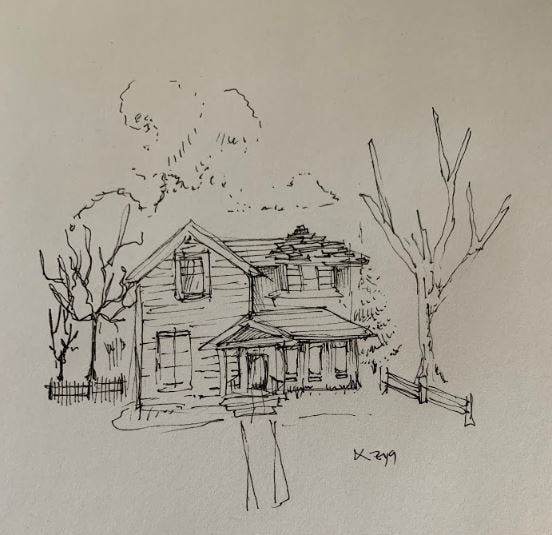
Charcoal Techniques for Life Drawing
The incorporation of charcoal into life drawing requires a mastery of various techniques to achieve the desired artistic effect. To create stunning charcoal sketches for landscapes, it is crucial to understand and implement specific techniques.
Here are some tips and tricks to enhance your charcoal sketching skills:
- Experiment with different types of charcoal, such as vine or compressed charcoal, to achieve varying textures and tones.
- Utilize different shading techniques, such as hatching and cross-hatching, to create depth and dimension in your drawings.
- Practice blending techniques using various tools like blending stumps or even your fingers to create smooth transitions between shades.
- Explore the use of charcoal pencils for precise lines and details in your still life drawings.
- Experiment with different paper textures and tones to enhance the overall effect of your charcoal sketches.
Enhancing Depth With Charcoal
To achieve a sense of depth in life drawing, artists can enhance their artwork by incorporating charcoal techniques.
Charcoal is an excellent medium for creating realistic and three-dimensional effects. One effective technique is to use varying shades of charcoal to create depth and volume. Start by using lighter shades of charcoal to establish the basic shapes and forms in your drawing. Then, gradually build up the darker tones to add depth and dimension.
Another technique is to use charcoal to create strong contrasts between light and shadow. By carefully observing the play of light on the subject, you can create a sense of depth and realism in your drawing.
Additionally, experimenting with different charcoal tools, such as charcoal pencils, vine charcoal, or compressed charcoal, can also contribute to achieving depth in your artwork.
Pushing Boundaries: Experimenting With Charcoal Sketching Techniques
To truly push the boundaries of charcoal sketching, it is essential to explore unconventional charcoal application techniques. By experimenting with different ways of holding and manipulating the charcoal, artists can create unique and unexpected marks on the paper.
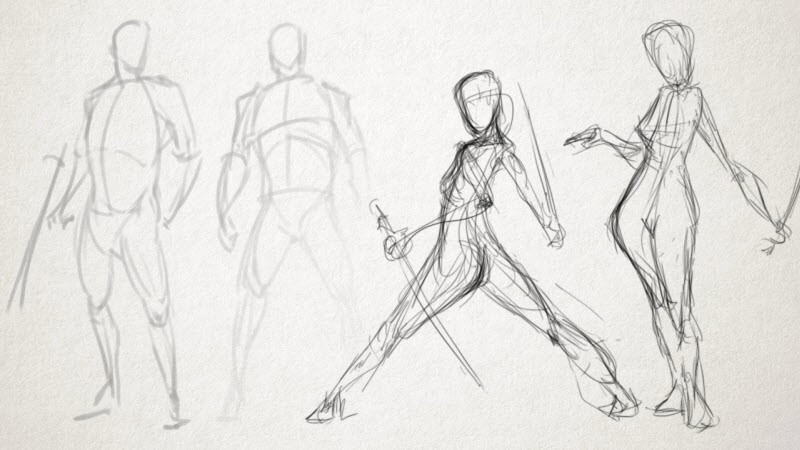
Additionally, mastering blending techniques can add depth and dimension to the sketches, while creating texture with charcoal can bring the artwork to life, adding interest and visual appeal.
Through these explorations and experiments, artists can discover new possibilities and expand their artistic horizons in charcoal sketching.
Unconventional Charcoal Application
One can explore various unconventional techniques when experimenting with charcoal sketching, pushing the boundaries of traditional methods. Here are two techniques that can add an element of excitement and freedom to your charcoal sketches:
Smudging techniques: Instead of relying solely on precise lines, you can use your fingers or a blending tool to smudge and blend the charcoal on the paper. This creates a soft and ethereal effect, allowing you to create smooth transitions and subtle shadows. Experiment with different pressure and movement to achieve the desired result.
Expressive mark making: Embrace the expressive nature of charcoal by using bold and dynamic strokes. Let your hand move freely across the paper, creating energetic lines and textures. Don't worry about perfection; instead, focus on capturing the essence and emotion of your subject. This technique adds a sense of liveliness and spontaneity to your sketches.
Blending Techniques for Depth
How can blending techniques be utilized to enhance depth in charcoal sketching while also pushing the boundaries of traditional methods?
Blending techniques are essential for creating dimension and depth in charcoal portraits. To achieve this, start by using soft charcoal pencils or sticks to lay down a base layer of tones. Then, use a blending stump or tortillon to gently blend the tones together, creating a smooth transition between light and dark areas.
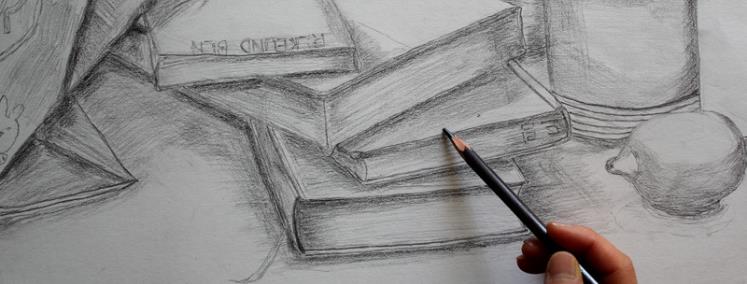
For more texture and visual interest, experiment with different blending tools, such as a chamois cloth or even your fingertips. Additionally, you can add depth by layering different shades of charcoal and blending them together, gradually building up the values.
The key is to blend with intention, carefully controlling the pressure and direction of your strokes to create a sense of form and volume. By mastering blending techniques, you can push the boundaries of traditional charcoal sketching and bring your portraits to life.
Creating Texture With Charcoal
By exploring various techniques and materials, artists can push the boundaries of traditional charcoal sketching and create captivating textures with charcoal. To add dimension and depth to their sketches, artists can experiment with different charcoal sketching techniques, such as cross-hatching and stippling.
Cross-hatching involves using parallel lines that intersect in different directions to create a textured effect that adds depth and volume to drawings. This technique allows artists to create shading and form by varying the density and direction of the lines.
Stippling, on the other hand, involves using small dots or marks to create a stippled texture. This technique adds detail and complexity to sketches, as the dots can be varied in size and spacing to create different textures and effects.
In addition to experimenting with different techniques, artists can also explore different types of charcoal to achieve different textures and effects. Compressed charcoal, for example, is dense and produces rich, dark tones, while vine charcoal is softer and creates lighter, more delicate marks.
Adding dimension with charcoal involves understanding the properties of the medium and using various techniques to create texture and depth in the artwork. By mastering these techniques, artists can breathe life into their charcoal sketches and create captivating and visually stunning artworks.
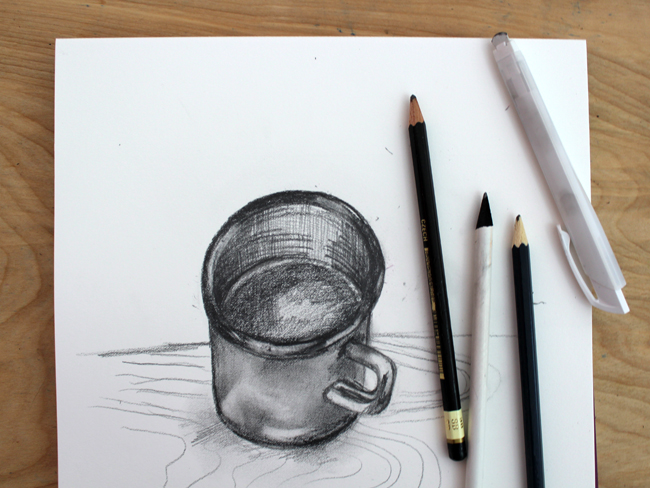
Frequently Asked Questions
What Are Some Common Mistakes to Avoid When Holding Charcoal?
When holding charcoal, it is important to avoid common mistakes such as gripping it too tightly or holding it too close to the tip. Proper technique involves holding it lightly and further away for better control and smooth lines.
How Do Different Types of Charcoal Affect the Outcome of a Sketch?
Exploring the versatility of vine charcoal in sketching allows artists to create expressive and delicate lines, while understanding the impact of compressed charcoal on the final sketch helps achieve bold and rich textures.
What Is the Best Paper to Use for Charcoal Sketching?
When considering the best paper for charcoal sketching, it is important to explore the techniques for creating expressive lines with charcoal and the versatility of charcoal on different paper textures.
Can You Provide Tips for Blending and Shading Techniques With Charcoal?
To excel in charcoal sketching, it's crucial to master blending and shading techniques. Blending involves smoothly merging different tones, while shading adds depth and dimension. These techniques, when applied with precision and knowledge, can bring life to your charcoal sketches and inspire artistic freedom.
How Can I Create Depth and Texture in My Charcoal Sketches?
To create depth and texture in charcoal sketches, focus on creating realistic shadows and achieving a 3D effect. Use varying pressure and blending techniques to add depth, and experiment with different charcoal grades to create texture.
 Writing TipsCreative WritingJournalingSketching TechniquesBuying GuidesPrivacy PolicyTerms And Conditions
Writing TipsCreative WritingJournalingSketching TechniquesBuying GuidesPrivacy PolicyTerms And Conditions
